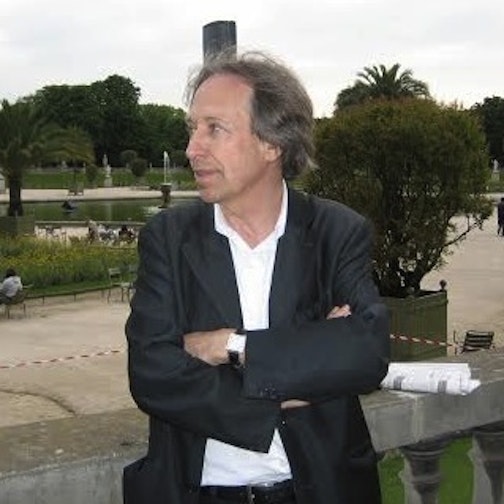Breakthrough Dialogue 2013
Creative Destruction
-
-
Share
-
Share via Twitter -
Share via Facebook -
Share via Email
-
Over the last century the view of the world as essentially dynamic has overthrown ancient notions of stasis. While naturalists once believed Nature existed in a state of delicate harmony, modern earth scientists describe disturbance as essential to life. While economists once focused on the way economies revert to states of equilibrium, hoping to discover universal laws, today’s investor class seeks disruptive new technologies that change the rules of the game. Little surprise then that the phrase “creative destruction,” once limited to economics, now seems appropriate shorthand for interpreting a multitude of contemporary forces.
Iddo Wernick (left) and Braden Allenby (right). Photo Credit: Gabriel Harber Photography
Creative destruction has also come to signify the inherently unequal or contradictory impacts of technological innovation. The loss of a livelihood to a robot is made no less wrenching by the wonder of being transported around in a self-driving car. The Internet enables greater solidarity across borders and less within them. The natural gas revolution has cut carbon emissions but increased methane emissions; it slashes domestic coal consumption but increases coal exports. A new second-growth forest on the far side of the planet is of little consolation to the loss of an ancient one in your backyard.
When it comes to the environment, we focus so resolutely on the “destruction” side of the equation that many of us, especially in the developed world, only refer to “progress” ironically. And yet, if some amount of destruction will always be required for any act of creation, it may also be that rising affluence, ingenuity, and wisdom are allowing us to radically reduce our destructive impacts.
Jennifer Bernstein (center). Photo Credit: Gabriel Harber Photography
Scholars of ecological modernization point to strong evidence of the decoupling of economic growth from environmental destruction. Innovation allows us to grow more food on less land — freeing up more of the Earth for wilderness — and to produce more energy, with fewer emissions, for more people. Rather than running out of resources, we create new ones, moving from whale oil to kerosene, from wood to coal, and from coal to gas. Our oft-denounced “control of nature” may one day soon allow us to eat meat without sacrificing non-human animals.
Still, sweeping stories like these, however evidence-based, should not mislead us into thinking the choices we have to make about innovation and the environment are simple or straightforward.
In an effort to explore these dynamics and the choices they present, Breakthrough Dialogue 2013 asked, “How can we shape creative destruction to create a world where all nine billion of us can live prosperous lives on an ecologically vibrant planet?”
Click here to view the full agenda.




